Sly & The Family Stone – Original Album Classics (2010) 5CD
Artist: Sly & The Family Stone Title Of Album: Original Album Classics Year Of Release: 1967-71/2010 Label (Catalog#) :Epic,Sony Music,Legacy 88697770802 Country:: USA Genre: Funk, Soul, Psychedelic Rock Quality: FLAC (*image + .cue,log) Bitrate: Lossless Time: 04:41:29 Full Size: 1.79Gb(+3%)(covers) Info: wiki Upload: xfile.cloud

Sly & The Family Stone – Original Album Classics (2010) 5CD
Artist: Sly & The Family Stone Title Of Album: Original Album Classics Year Of Release: 1967-71/2010 Label (Catalog#) :Epic,Sony Music,Legacy 88697770802 Country:: USA Genre: Funk, Soul, Psychedelic Rock Quality: FLAC (*image + .cue,log) Bitrate: Lossless Time: 04:41:29 Full Size: 1.79Gb(+3%)(covers) Info: wiki Upload: xfile.cloud
03 10, 2025
Little Richard - Right Now! (Remastered) (2025) 1973
Исполнитель: Little Richard Альбом: Right Now! (Remastered) Жанр: Rock & Roll, Rhythm & Blues Год: (2025) 1973 Страна: USA Лейбл: Good Time Records Формат: FLAC (tracks) Official DR value: DR10 Разрядность: 24bit / 96kHz Stereo Размер: 739 MB Инфо: wiki Залито на: XFile (3% восстановление) «Exclusive for Lossless-Galaxy» Newly restored and remastered! Right Now! is a studio album by Little Richard, released in 1974. It was released without much publicity on the United Records label.
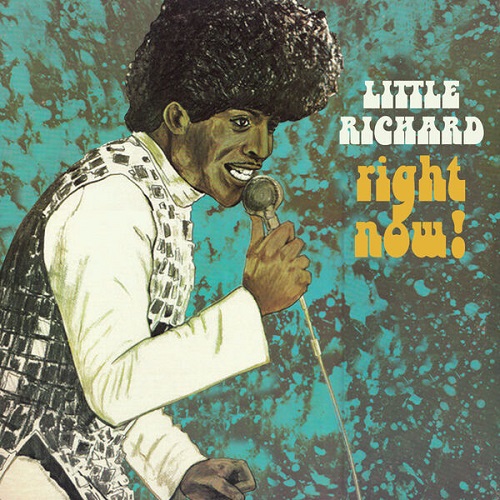
Little Richard - Right Now! (Remastered) (2025) 1973
Исполнитель: Little Richard Альбом: Right Now! (Remastered) Жанр: Rock & Roll, Rhythm & Blues Год: (2025) 1973 Страна: USA Лейбл: Good Time Records Формат: FLAC (tracks) Official DR value: DR10 Разрядность: 24bit / 96kHz Stereo Размер: 739 MB Инфо: wiki Залито на: XFile (3% восстановление) «Exclusive for Lossless-Galaxy» Newly restored and remastered! Right Now! is a studio album by Little Richard, released in 1974. It was released without much publicity on the United Records label.
03 10, 2025
Michael Schenker Group - Don't Sell Your Soul 2025
Исполнитель: Michael Schenker Group Альбом: Don't Sell Your Soul Жанр: Hard Rock, Heavy Metal Год: 2025 Страна: UK (London) Лейбл: earMUSIC Формат: FLAC (tracks) Official DR value: DR6 Разрядность: 24bit / 48kHz Stereo Размер: 577 MB Инфо: wiki Залито на: XFile (3% восстановление) «Exclusive for Lossless-Galaxy» "Don't Sell Your Soul" is the second part of a trilogy that was recorded in one piece. The first album "My Years with UFO" was followed by a sold-out tour and
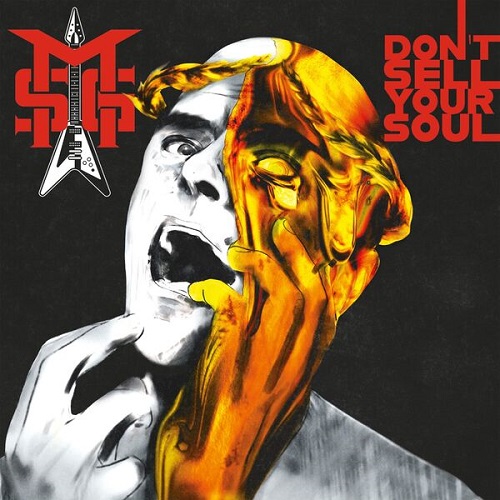
Michael Schenker Group - Don't Sell Your Soul 2025
Исполнитель: Michael Schenker Group Альбом: Don't Sell Your Soul Жанр: Hard Rock, Heavy Metal Год: 2025 Страна: UK (London) Лейбл: earMUSIC Формат: FLAC (tracks) Official DR value: DR6 Разрядность: 24bit / 48kHz Stereo Размер: 577 MB Инфо: wiki Залито на: XFile (3% восстановление) «Exclusive for Lossless-Galaxy» "Don't Sell Your Soul" is the second part of a trilogy that was recorded in one piece. The first album "My Years with UFO" was followed by a sold-out tour and
03 10, 2025
Жанры
Lossless Galaxy Release
Русская музыка
--Поп
--Рок
--Панк
--Альтернатива
--Металл
--Рэп, Хип-Хоп, R'n'B
--Джаз и Блюз
--Фолк
--Шансон, Авторская песня
--СССР
Зарубежная музыка
--Pop
--Rock
--Hard Rock
--Progressive & Art-Rock
--Pop-Rock & Soft Rock
--Instrumental Rock
--Heavy, Traditional, Industrial Metal
--Power, Gothic, Sympho Metal
--Thrash, Speed, Groove, Modern Metal
--Death, Melodic Death, Doom, Dark Metal
--Black, Pagan, Folk, Viking Metal
--Alternative
--Punk
--Disco, Eurodance
--Rap, Hip Hop, R'n'B
--Reggae, Ska, Dub
--Jazz, Blues, Soul
--Folk, Country, Ethnic
--Electronic, Ambient, New Wave
--House, Techno, Trance
Другие жанры
--New Age, Relax, Meditative & Flamenco
--Chillout, Lounge, Downtempo, Trip-Hop
--Drum & Bass, Jungle, Breakbeat, IDM
--Classical / Классическая музыка
--Soundtrack
--Музыкальные сказки
Vinyl Rip
HI-Res / DVD-Audio / DTS
--SACD
--DSD
--DVD-Audio
Сборники Lossless-Galaxy
Альбомы 2022
Альбомы 2023
Альбомы 2024
Теги
1st Press 2022 2023 2024 2025 70... AOR Black Metal Blues Blues Rock Bootleg Series Classic Rock Death Metal Discography Exclusive for Lossless-Galaxy Folk Rock Fusion Hard Rock Heavy Metal Hi-Res Japanese Edition Jazz Jazz Rock lossless Melodic Death Metal Melodic Rock Modern Electric Blues Pop Pop Rock Power Metal Prog Rock Progressive Metal Progressive Rock Psych Rock Psychedelic Rock Rock SACD Symphonic Metal Thrash Metal Дискографии от KoGGaN
Архивы
Опрос
В каком формате хотели бы видеть релизы на сайте ?
 Автор: LeddZepp, 14 февраля 2024, Комментариев: 0, Просмотров: 329
Автор: LeddZepp, 14 февраля 2024, Комментариев: 0, Просмотров: 329Paul Simon - Graceland [Japan Ed.] (1986)
![Paul Simon - Graceland [Japan Ed.] (1986)](/uploads/posts/2024-02/paulsimon86graceland_500.jpg)
Year: August 25, 1986 (CD Sep 20, 2006)
Label: Warner Bros. Records (Japan), WPCR-12417
Style: Pop Rock, Afro-Pop
Country: New York City, U.S. (October 13, 1941)
Time: 53:58
Format: Flac Tracks 16/44,1 kHz
Size: 339 Mb
Charts: US #3, AUS #1, CAN #1, FIN #7, FRA #1, GER #2, NLD #1, NZ #1, NOR #6, SWE #4, SWI #1, UK #1. US 5x Platinum; Australia and UK 8x Platinum; Netherlands, New Zealand and France - Platinum; Germany 3x Gold.
Саймон, наверное, и сам понял, что в 80-х не годится делать попсу, надо что-то менять... И он поменял всё. Ну почти всё. Уехал в Южную Африку и записал альбом с тамошними музыкантами.
Это, конечно, был еще и в какой-то мере политический шаг (середина 80-х - время Апартеида, как мы хорошо помним), но в самом-то альбоме политики нет ни грамма. Тут просто восхитительный музон, масса перкуссий и виртуозная работа басистов. Само собой это именно Пол сделал модным по всему миру жанр world music. В том же году и далее его подхватили десятки известных музыкантов.
Найти ли альбом, который сравнится с Graceland по стилистическому разнообразию? Саймон проходится по разнообразным стилям южнофриканской музыки (а их великое множество), напоминает о корнях американского ритм-н-блюза, аранжирует песню в стиле зайдеко, записывает акапельное пение африканской вокальной группы Ladysmith Black Mambazo (которая, между прочим, существует с начала 60-х!), делает аранжировки с элементами африканской музыки (названия этих стилей я не выговорю), смешивает всё с современными мощными ритмами, акустическими инструментами.
В общем, описать всё это дело очень трудно. Вот это прорыв в аранжировках! Наверное, те, кто в 1986 году купил новый альбом Пола Саймона, слегка обалдел от такого напора диких африканских звуков и наворотов аранжировок.
(dzen.ru/a/YQ5UnU5IsUgh-Io5)
01. The Boy in the Bubble (03:59)
02. Graceland (04:51)
03. I Know What I Know (03:13)
04. Gumboots (02:45)
05. Diamonds on the Soles of Her Shoes (05:51)
06. You Can Call Me Al (04:40)
07. Under African Skies (03:37)
08. Homeless (03:48)
09. Crazy Love Vol. II (04:19)
10. That Was Your Mother (02:52)
11. All around the World or The Myth of Fingerprints (03:26)
12. Homeless (Demo) (02:31)
13. Diamonds on the Soles of Her Shoes (Unreleased Version) (04:42)
14. All around the World or The Myth of Fingerprints (Early Version) (03:17)



При желании можно посмотреть все мои публикации на сайте. Приятного прослушивания. Жмём и смотрим (Click to see all of my posts)!
Внимание! У Вас нет прав для просмотра скрытого текста.
Похожие новости:
Комментарии отсутствуют
Добавить комментарий!
Информация
Посетители, находящиеся в группе Гости, не могут оставлять комментарии к данной публикации.

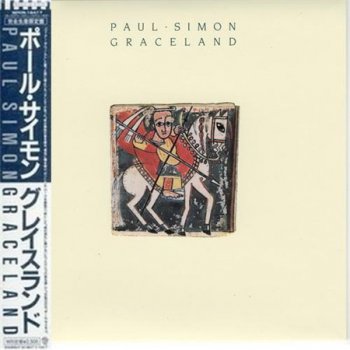
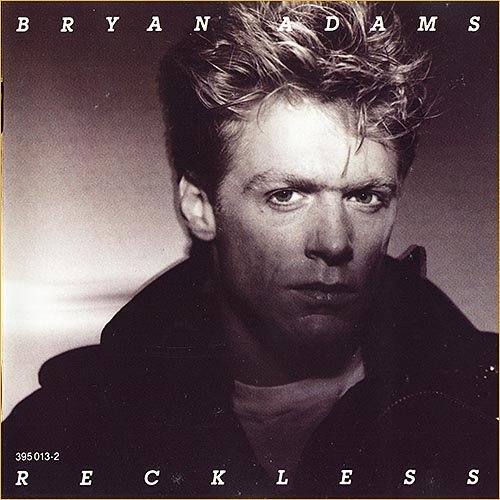
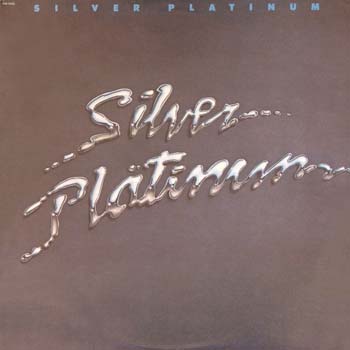
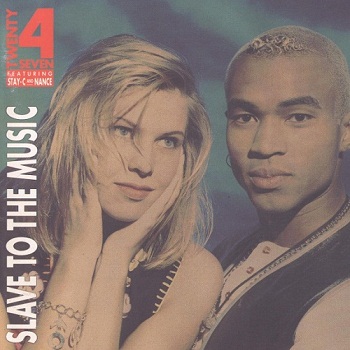
![Thompson Twins - Platinum & Gold Collection (2003) [FLAC]](/uploads/posts/2020-07/1594042154_wllizwi.jpg)